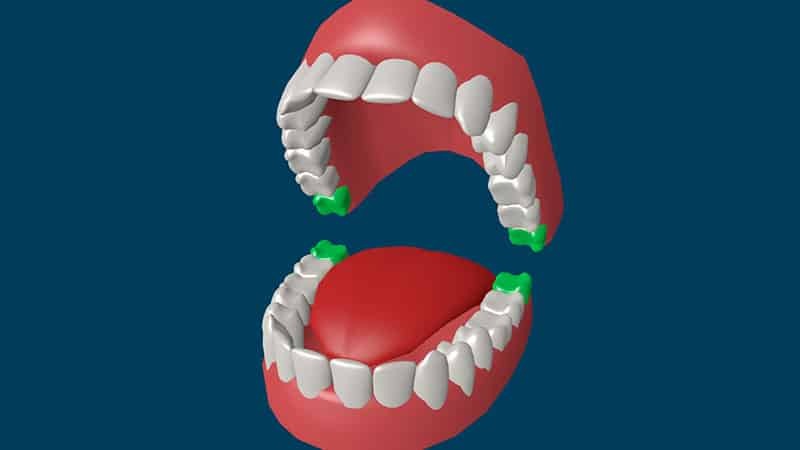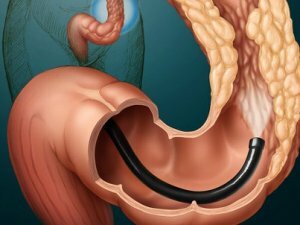Postoperative ventral hernia

Postoperative hernia.
However, the question of postoperative hernias is relevant at the current time. Since there is no reliable protection against the occurrence of such a disease.
One consequence of the appearance of such a number of hernias is an increase in the number of operated on in the senile age, an increase in the total number of first and repeated abdominal operations.
Statistics show that over 5% of all cases of laparotomy are aggravated by the development of ventral postoperative hernia. In this case, patients who underwent appendectomy are included in the number of 6%, operations on the stomach - 8%, and after cholecystectomy the percentage increases to 14. This area of medicine as an "emergency operation" gives the amount of hernia formation in 28-32% of cases. It is difficult to say the exact number of diseases that have arisen, as in many clinics there is no dispensary registration of patients.
At its core, postoperative hernia is a rather dangerous disease that can cause serious complications in the body. The development of hypodynamia, as a consequence of this sparing regimen of life, abnormalities in the work of the abdominal organs, postoperative ventral hernia can infringe on an important organ that can lead to its necrosis. There are cases of acute intestinal obstruction.
Increased cases of mass emergence of postoperative hernias led to the fact that surgeons begin to apply incisions in the abdominal cavity of short length, use both conventional instruments and retractors of the original design.
Many materials are written about the methods and methods of treating postoperative hernias, but they pay little attention to methods of preventing and preventing the onset of hernias. The onset of such a secondary disease critically reduces the patient's quality of life and often causes more suffering than the original cause of the operation.
If you decide to do a prophylaxis of ventral postoperative hernias, then first of all it is necessary to understand the causes of such a disease. And the most important reason leading to the formation of a hernia in abdominal cavity is surgical intervention, and what is important, the choice of the method of joining the aponeurosis and suture material in the process of suturing the postoperative wound.
But the introduction of minimally invasive technologies in operations still leaves a great chance for the emergence of postoperative hernia. Therefore, the prevention and prevention of their education remains a priority.
Treatment of a ventral postoperative hernia is possible only in one way - re-surgical intervention. Regardless of the size and location of the hernia, there is no other way. Contraindication to such an operation is pregnancy, acute forms of an infectious skin disease. The physician can prescribe wearing a bandage. However, this method is not of a therapeutic nature, only supporting functions. To be afraid of repeated operation does not build. The technique is improved and, according to medical research, complications after repeated operations occur in less than 10% of cases. Modern medicine is capable of eliminating even significant hernias. To do this, apply prostheses, the so-called synthetic mesh.
The conducted studies show that the main factors influencing the occurrence of postoperative hernias are the following:
- a rather large age of the person, from 60 to 80 years
- presence of signs of obesity, 1-degree( BMI 30-50 kg / m2)
- insufficient functionalityTissues
- suppuration of wounds
- method by which the trocar wound
is sutured The most effective is the determination of the presence of a postoperative hernia in the vertical position of the patient.
Controlled processes among the listed are only the state of the postoperative wound and the way it is sewn.
As it was written in early works, the use of antibiotic therapy in patients with destructive forms of cholecystitis gives a significant reduction in the number of infectious complications, both in the wound itself and in surrounding tissues.
For the controlled suturing of the wound, it should be said that the use of the Enocose needle gives a significantly better contraction of the layers of the anterior abdominal wall, in contrast to the manual method.
In practice, it is necessary to identify patients with the risk of ventral postoperative hernia before surgery.
On admission to the hospital patient who ventral hernia, need to pass the following examinations:
- general analysis of urine
- CBC
- blood donation HIV
- blood donation on hepatitis B and C
- giving blood for syphilis.
- blood chemistry
- spirography in the presence of hernias of large and giant sizes
- ECG
- counseling therapist
- photoroentgenography
easy for the prevention of hernia after LCE need to pay special attention to the uncontrollable factors of their development. A well-known fact about the possible suppuration of a postoperative wound should be taken into account, as well as the degree of inflammation of the gallbladder. To do this, use intravenous antibiotics such as amoxiclav, both before the operation and within two days after.
A very important controlled factor is the method of suturing the wound, therefore it is justified to use the Enocose needle.



